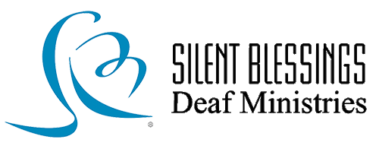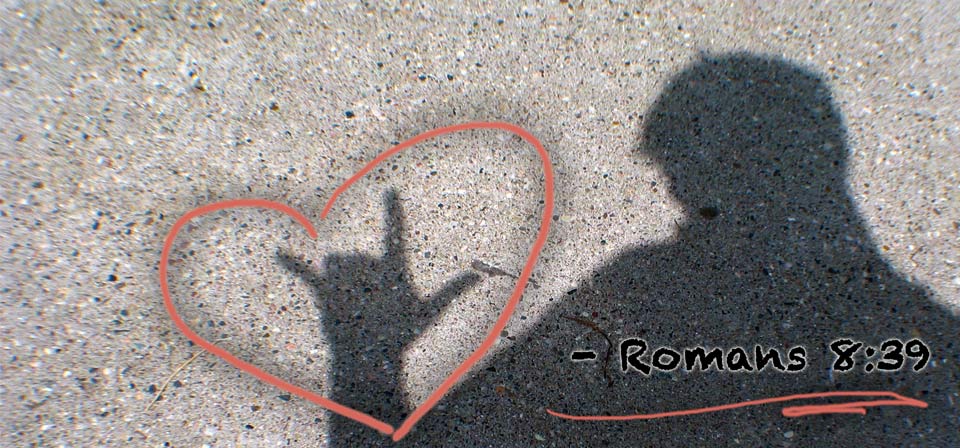What a couple of weeks!
A glance at the news informs us that the northwest third of the US is on fire and the southeast third is underwater. A glance at the calendar reminds us that sixteen years ago, our generation came face to face with its own Pearl Harbor experience.
Once again, the lines we draw between ourselves and those unlike us got erased by a common empathy for human life. The events are ugly. The responses are beautiful. Sad that it takes such destruction for us to actually love our neighbors as ourselves. Heartwarming that when we get hit this hard, we really do show love for one another.
Are you aware of the ongoing invisible disaster? As you watched news of areas impacted by these events, how often did the idea of deaf access cross your mind?
Perhaps you saw the short peeks into local press conferences, where the sign language interpreters were cut through by the edge of the camera’s view. Maybe you celebrated that those in the room or watching locally were getting clear information in a visually accessible language. Maybe you grumbled at the cameramen and editors about the need to keep the whole interpreter on the screen for the whole presentation. Most likely, you got the information you needed through your ears, then let your vicarious frustration fade (because it must).
Perhaps you saw the video of the lifeguard who was way (WAY) out of his depth, trying to share critical information with people like his deaf brother. That didn’t work so well, but it’s quite a useful example of the difference between someone who “knows a little sign” and a qualified interpreter.
Perhaps you saw the video of the deaf interpreter whose facial expressions tickled funny bones across the country. None could miss the emphasis he put on the need to evacuate. This was partnership between a hearing interpreter off camera and a deaf interpreter on camera, ensuring complete and accurate transmission of the message in American Sign Language. (Including grammar, syntax, and inflection critical to clear delivery.)
Thanks to those who recognized the need and contracted the professionals, and to those professionals who were willing to stay in dangerous areas to serve this mostly invisible language group. Because of these combined efforts, deaf locals had the information they needed to respond just like their hearing neighbors. They were able to save their priority valuables and their lives.
Now, ask yourself this question: With less than five percent of churches having any kind of deaf ministry, and many of those served by sincere people like our hapless lifeguard, how will your deaf neighbors get the information they need to save their souls?
The impact of most disasters is localized and fades after a few decades. The impact of this ongoing invisible disaster is eternal for over 90% of the deaf population worldwide.
If you can’t be an interpreter, be an advocate. Learn how to love your deaf neighbors. Don’t wait for the next disaster.

